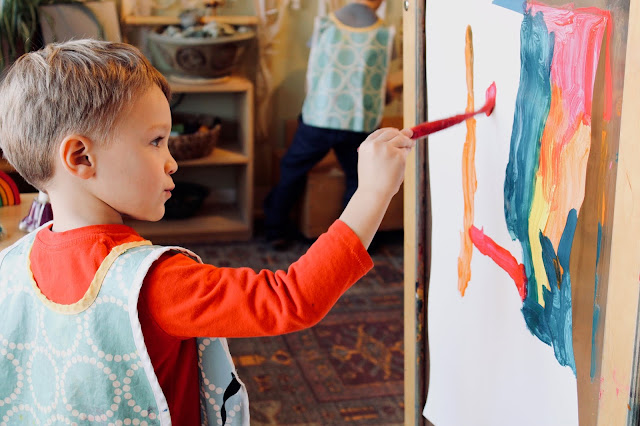One of the best smells on Earth IS earth if you ask me. That moist, rich, brown humus never fails to make my olfactory senses swoon with delight.
The scent of soil brought me into the 440 class today where Vida was leading a conversation about soil and roots during circle time. They noted the various kinds of roots and the differences among a variety of plants.
The scent of soil brought me into the 440 class today where Vida was leading a conversation about soil and roots during circle time. They noted the various kinds of roots and the differences among a variety of plants.
Following this conversation we gave one of our potted friends a new home complete with fresh soil.
The children helped to settle the plant into it's new pot.
Vida and I continue to investigate how our efforts to nurture and draw attention to the natural world around us will foster an attitude of sustainability. If you have ideas, let me know. I
In the meantime take a deep breath the next time you find yourself in a garden or forest and pause just long enough to revel in the scent of soil.



























